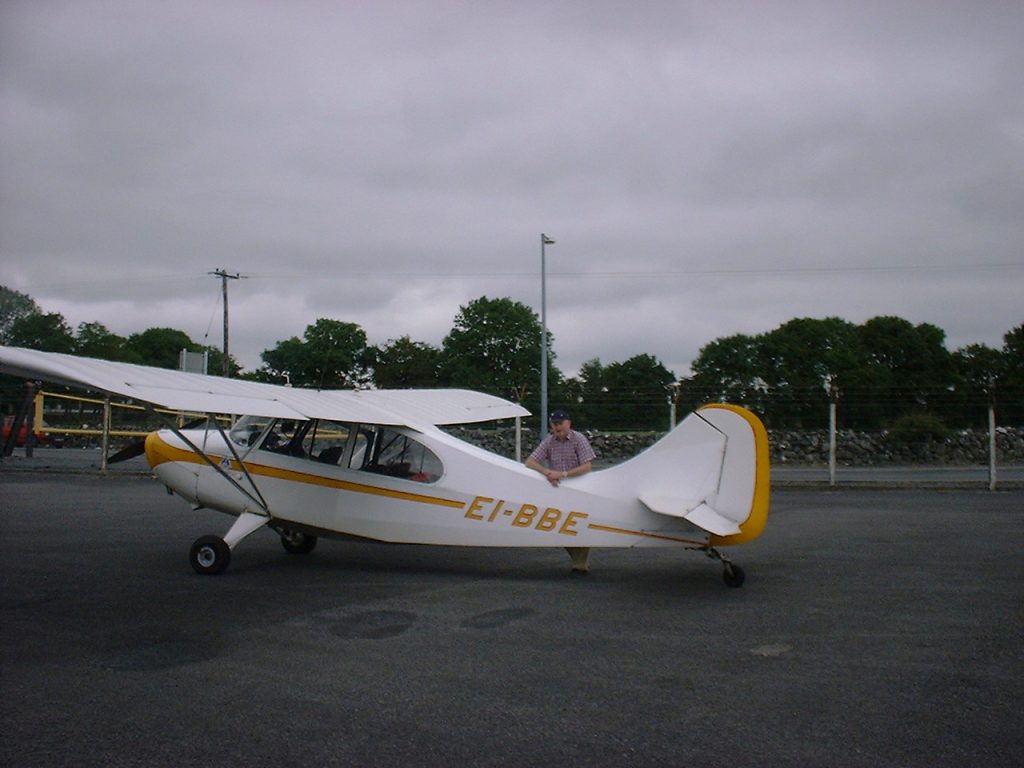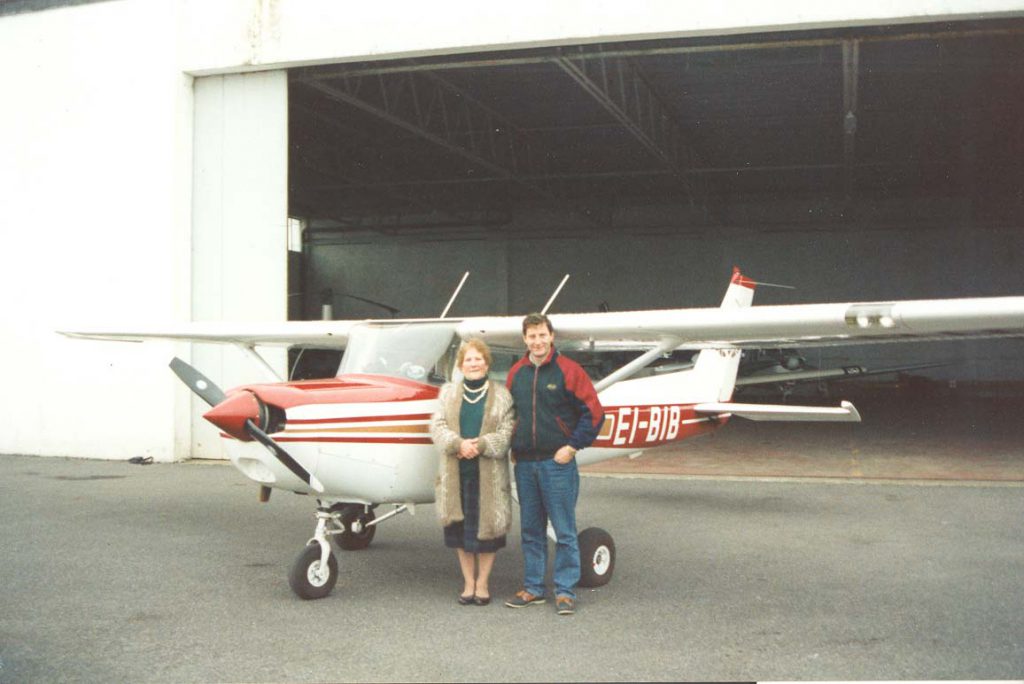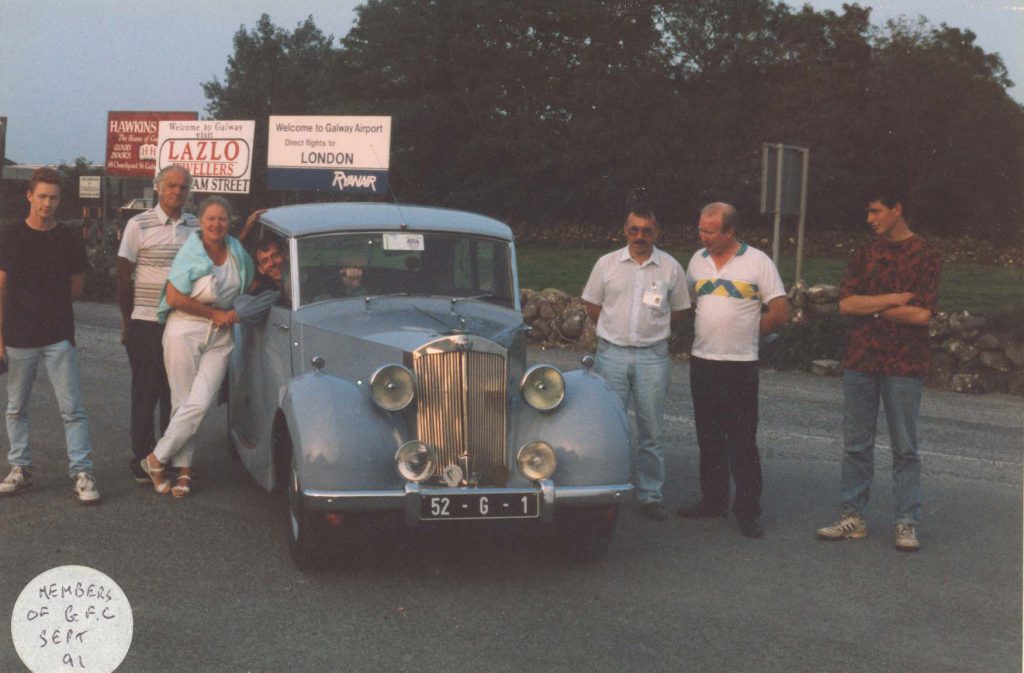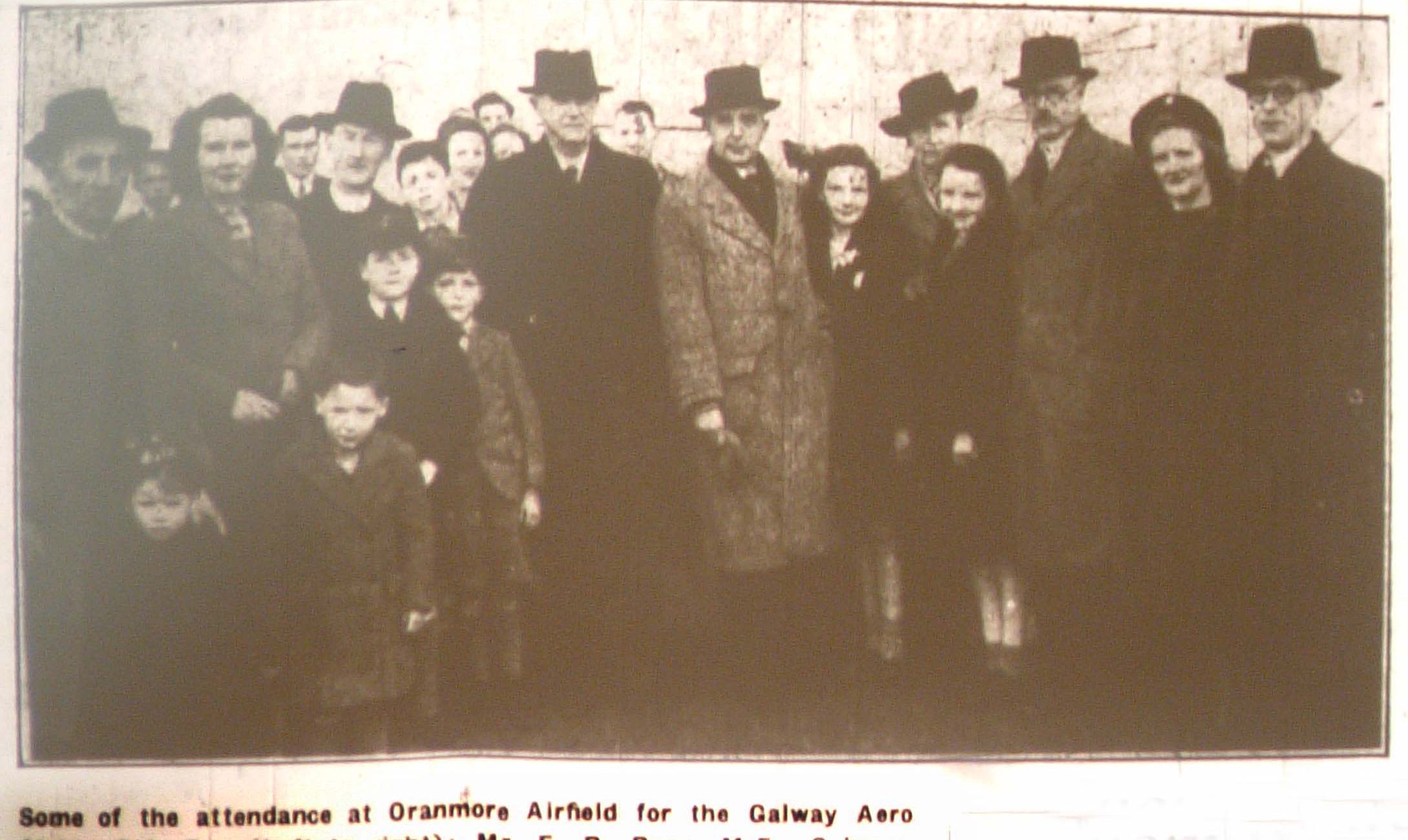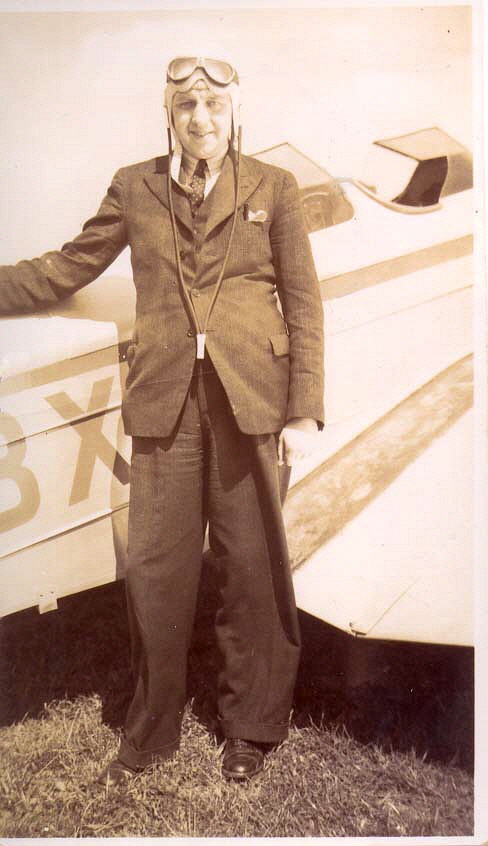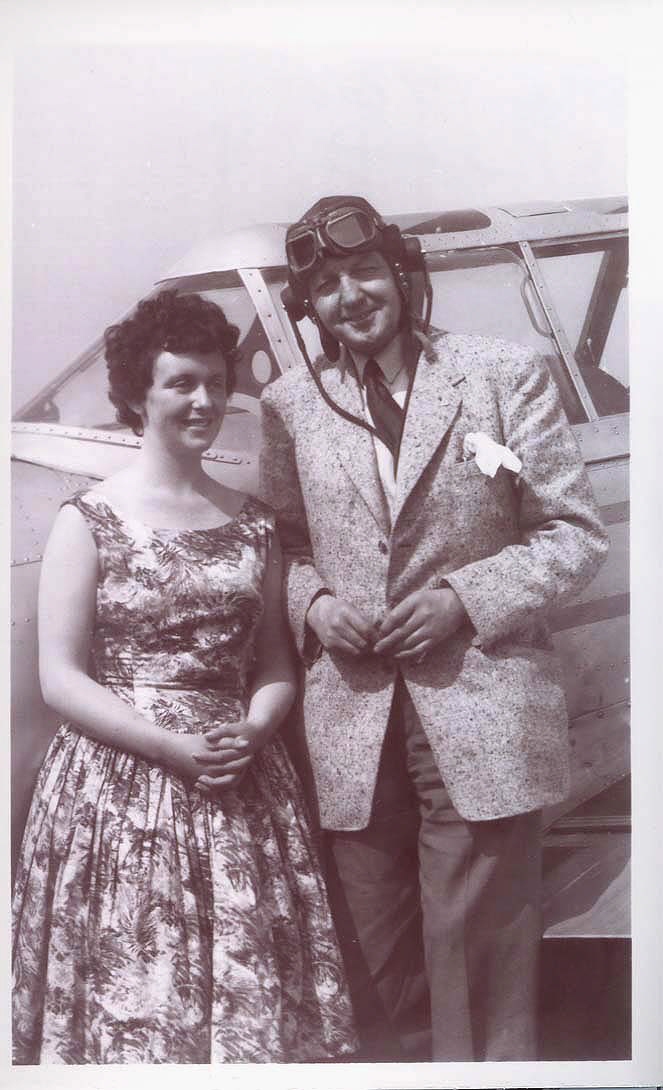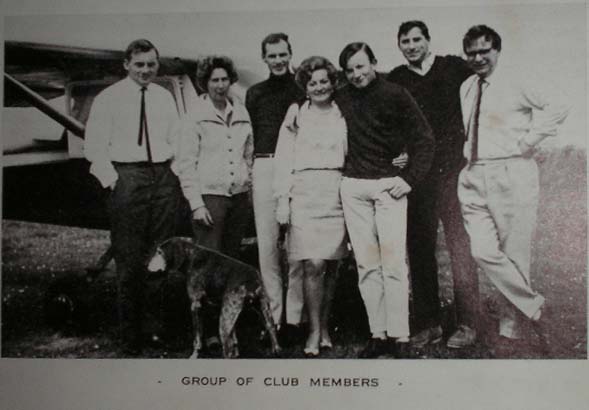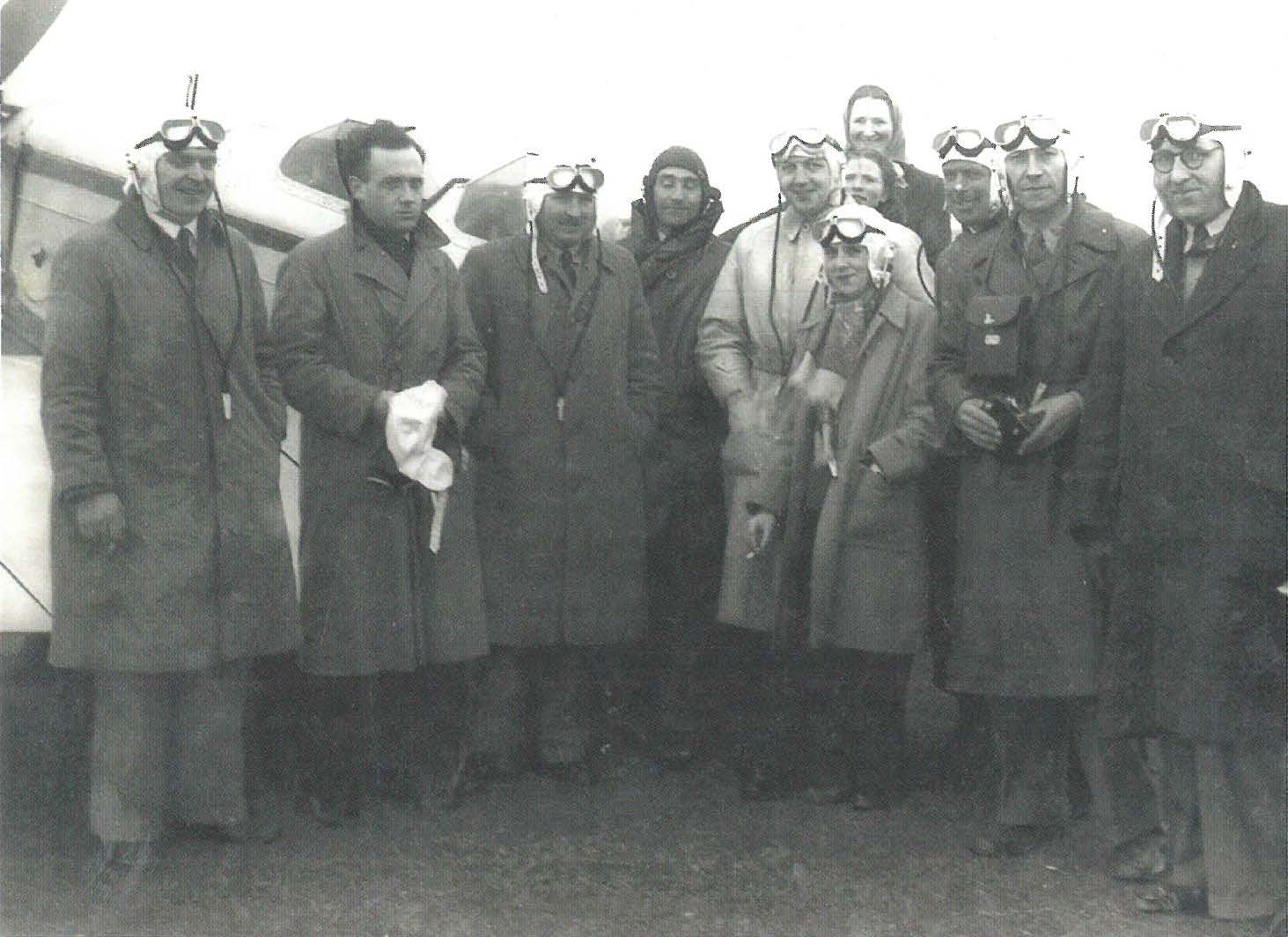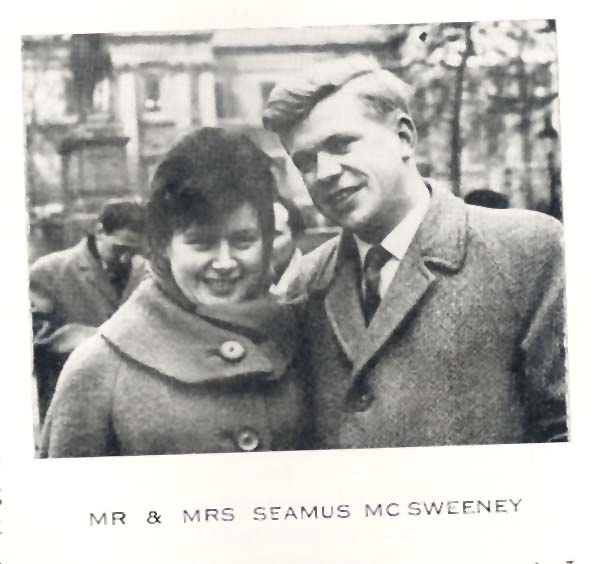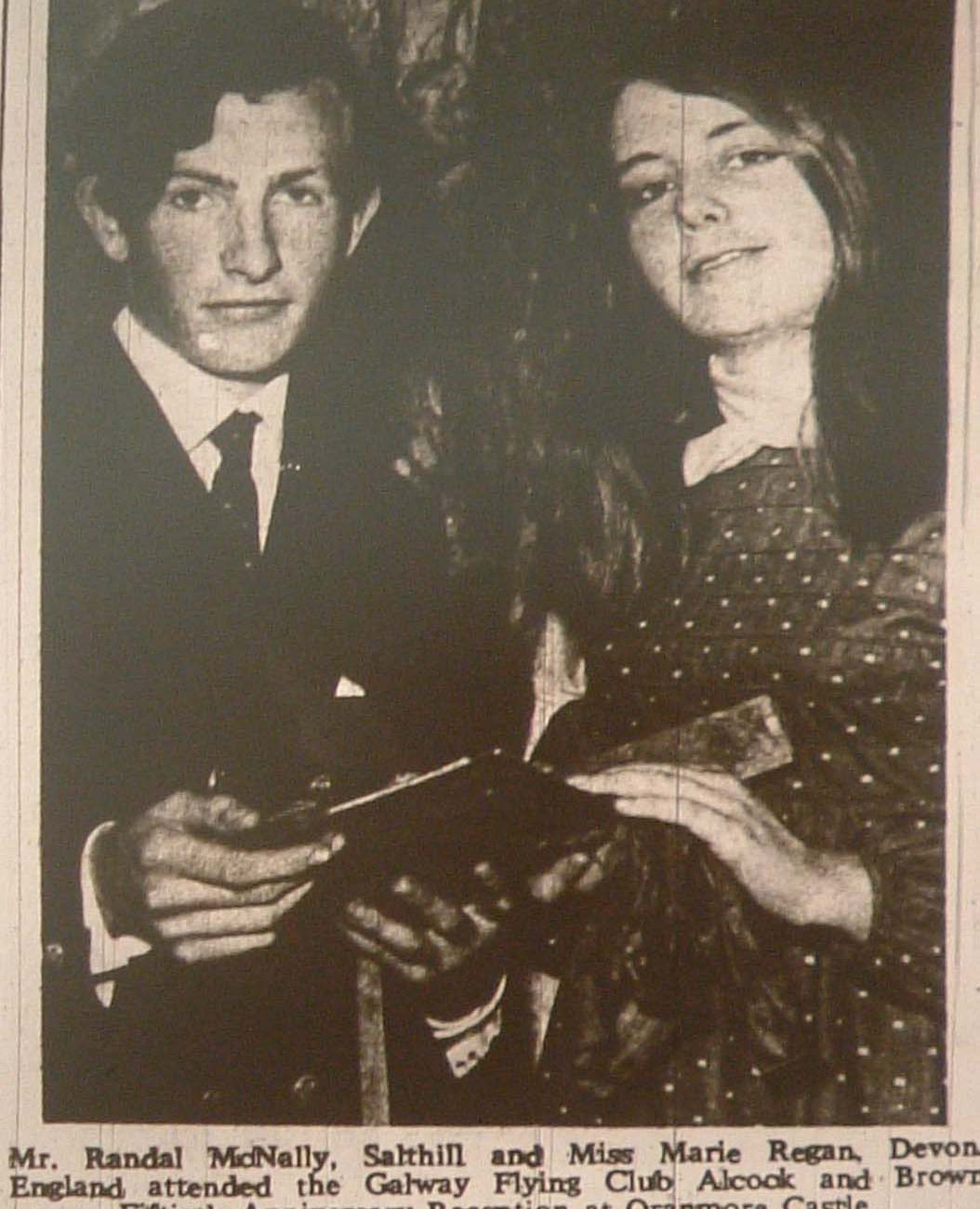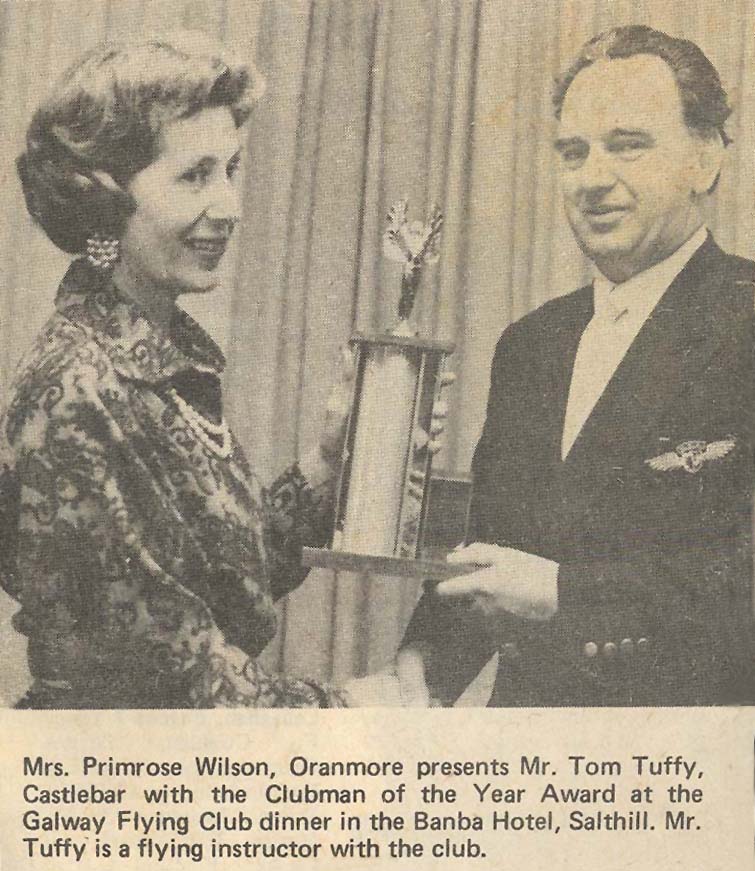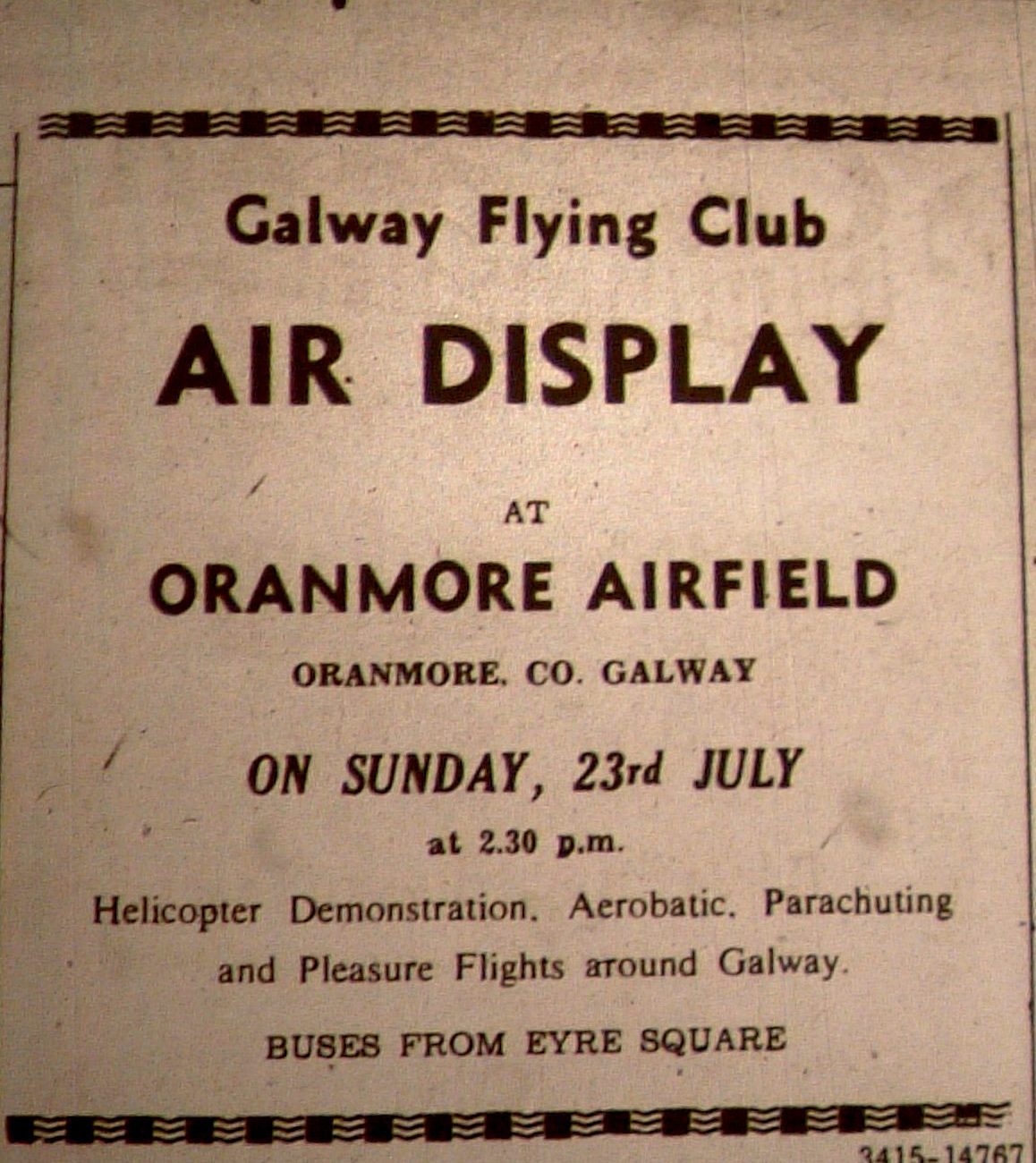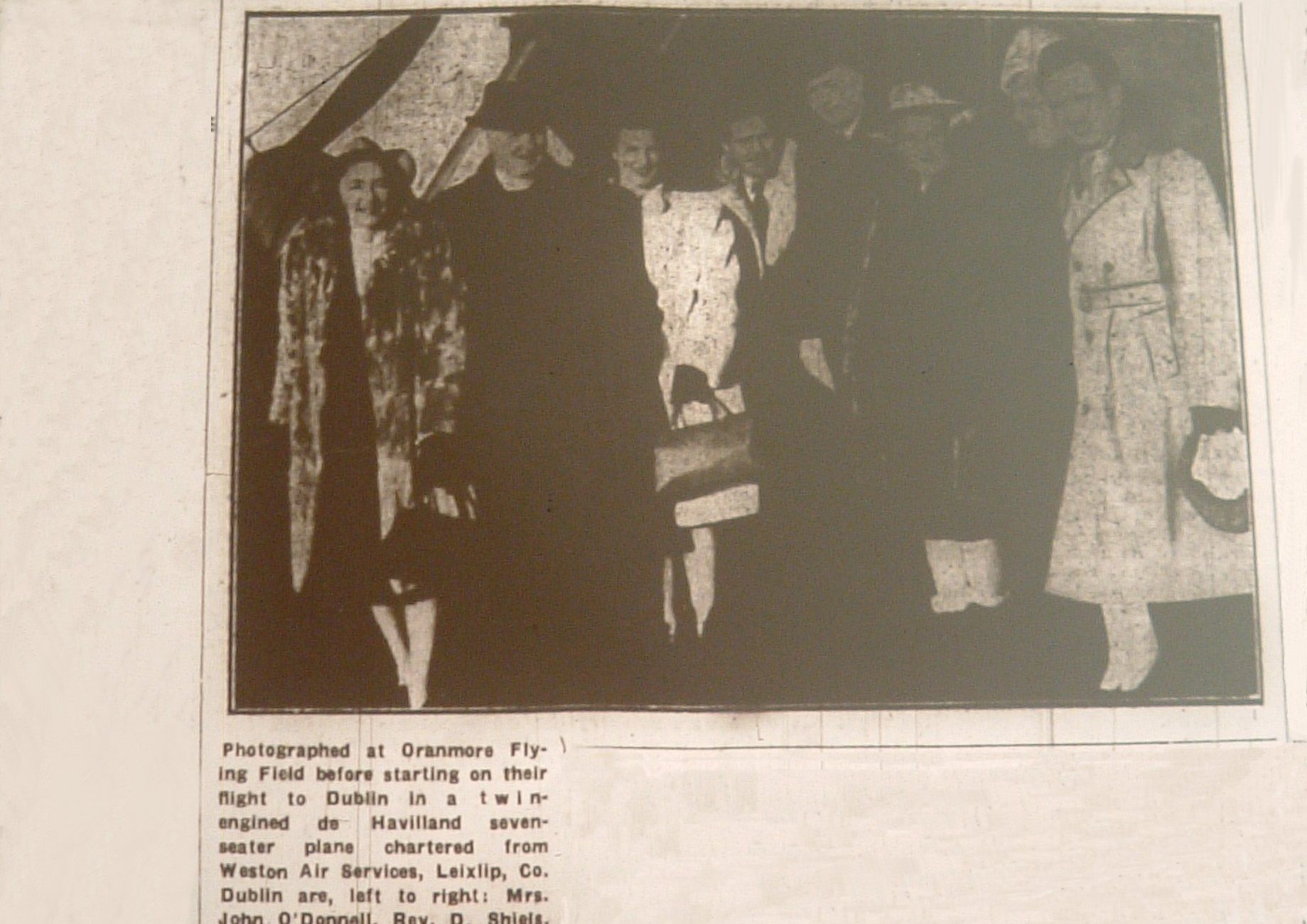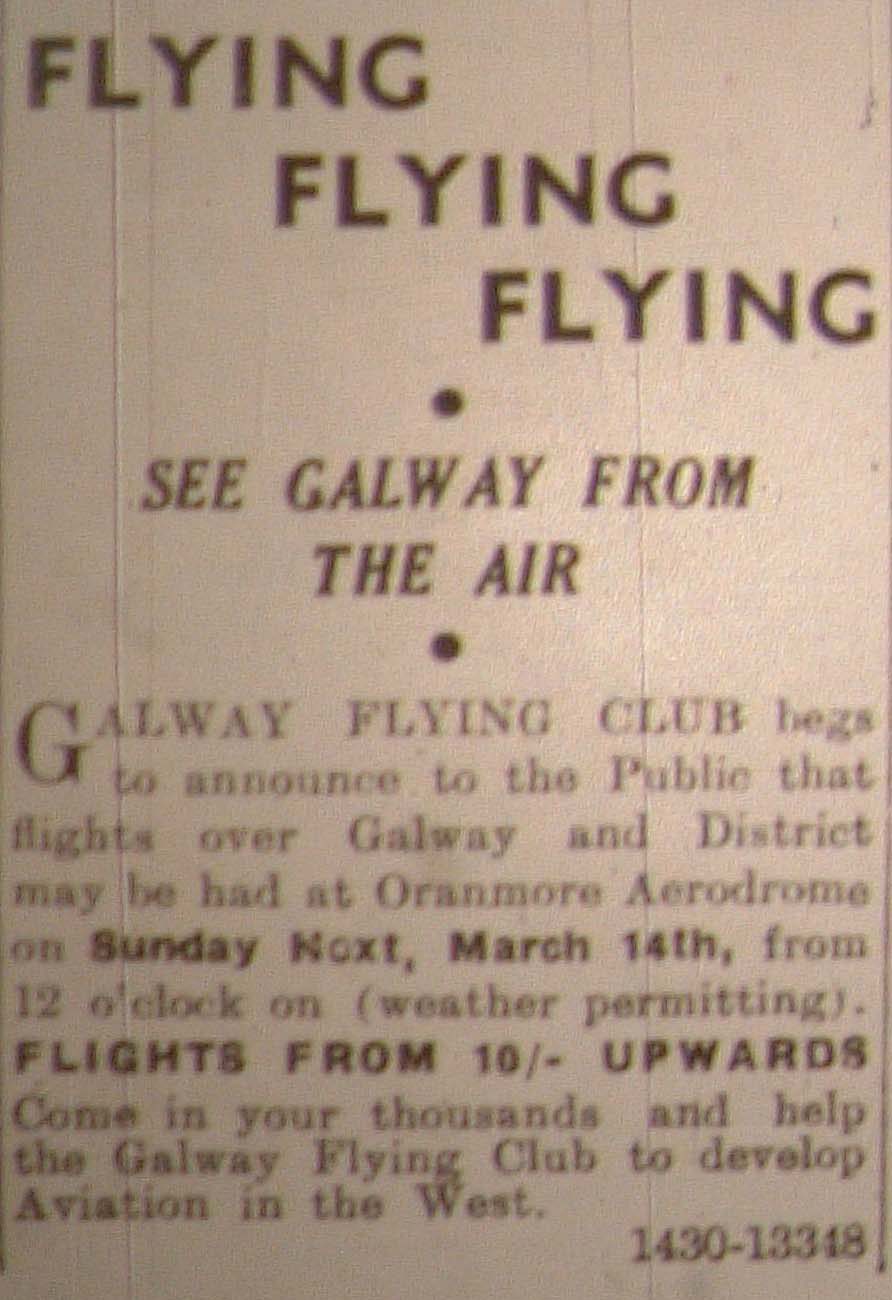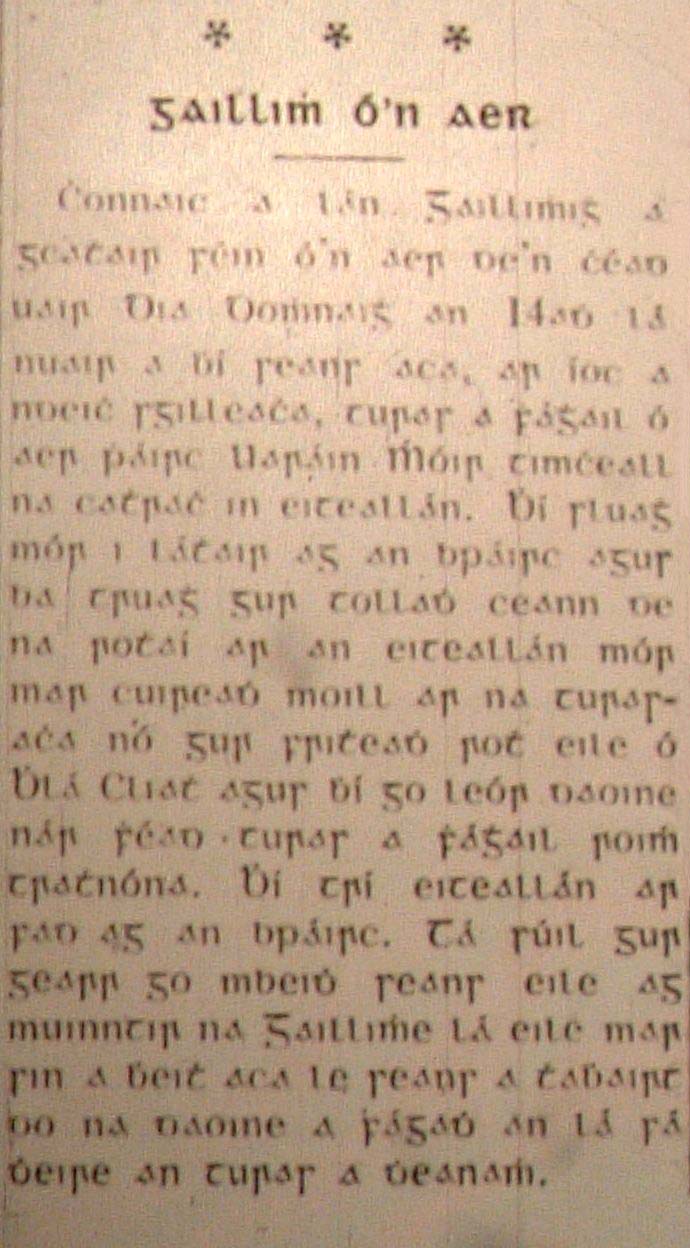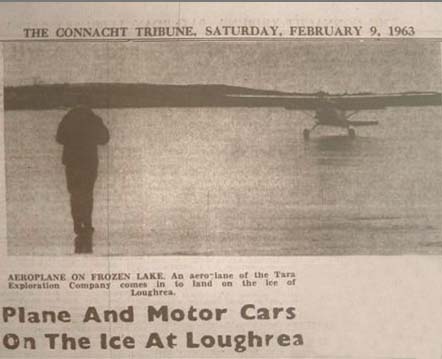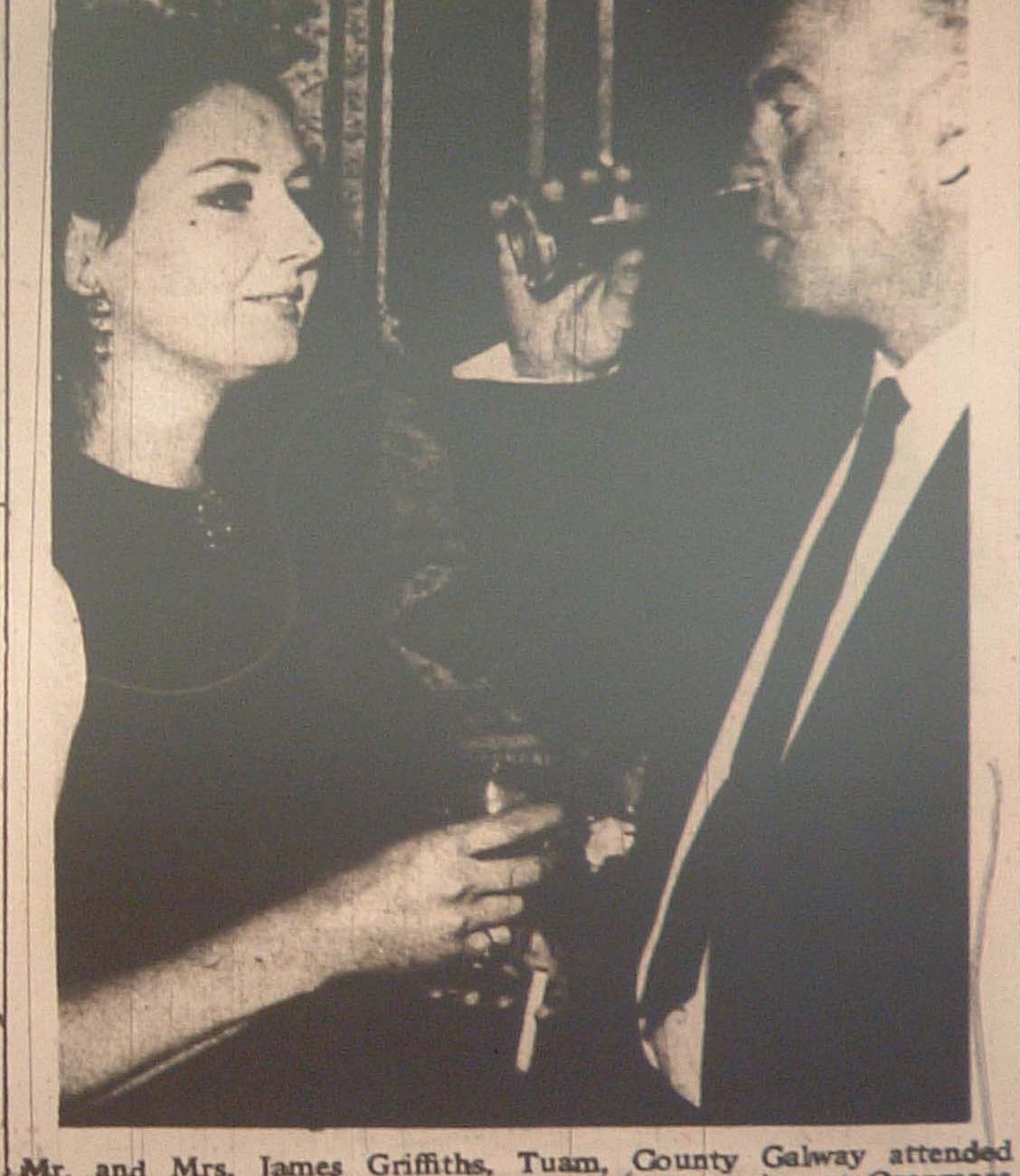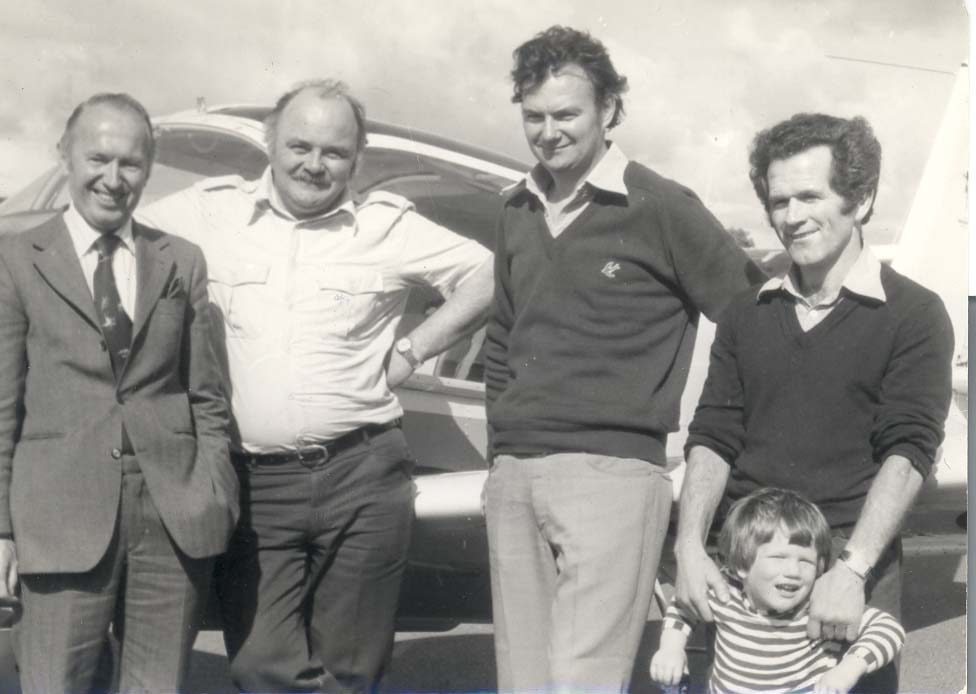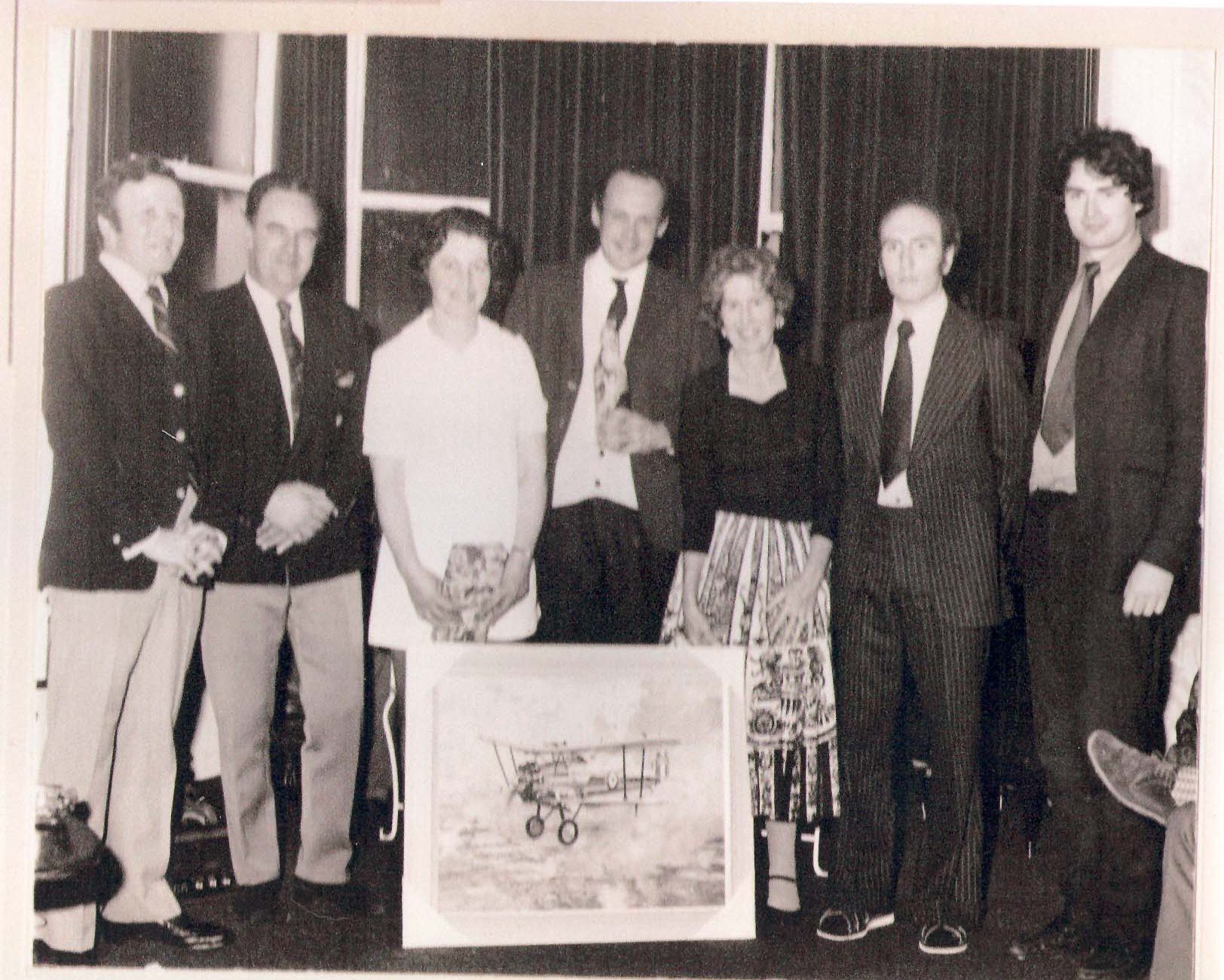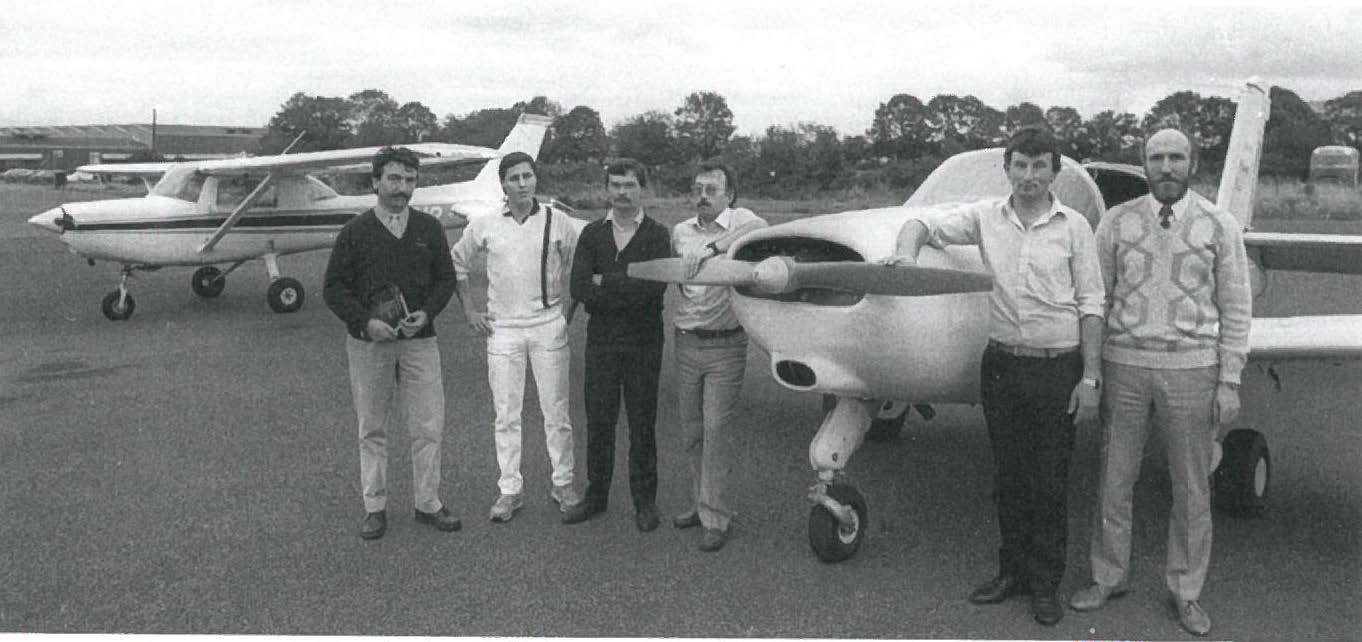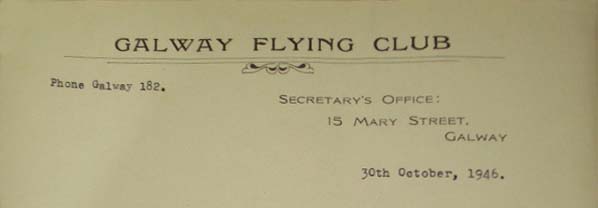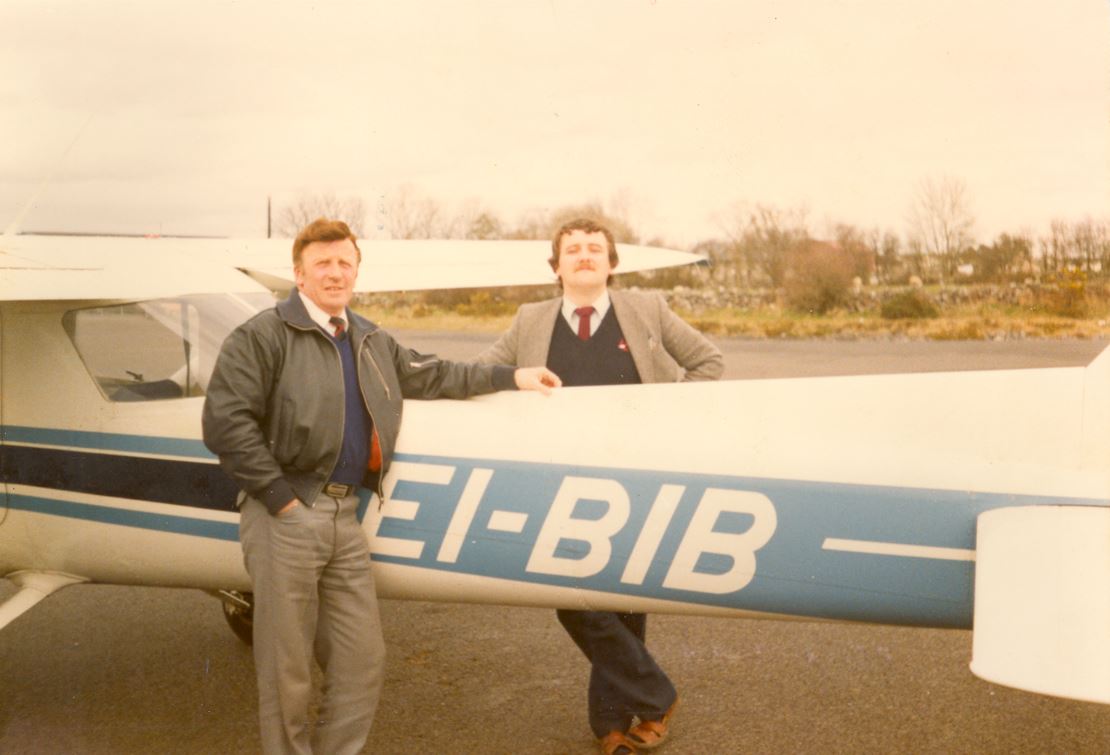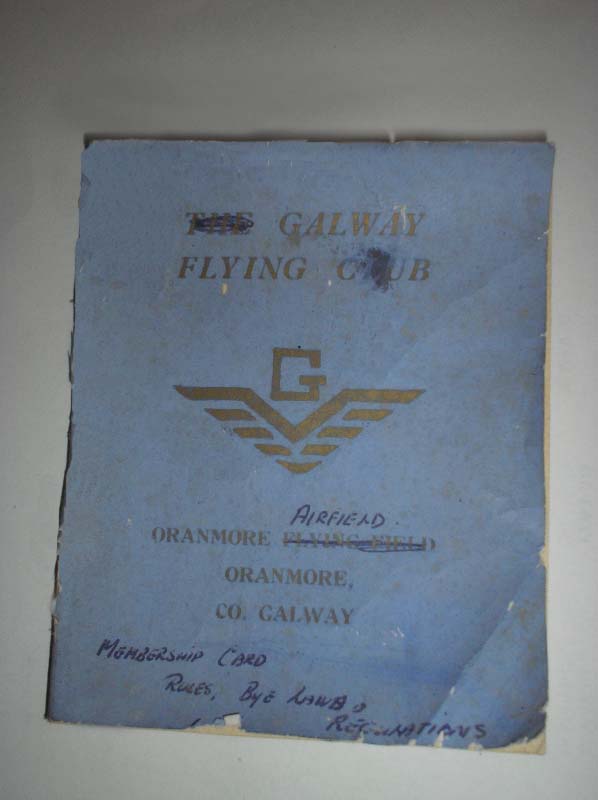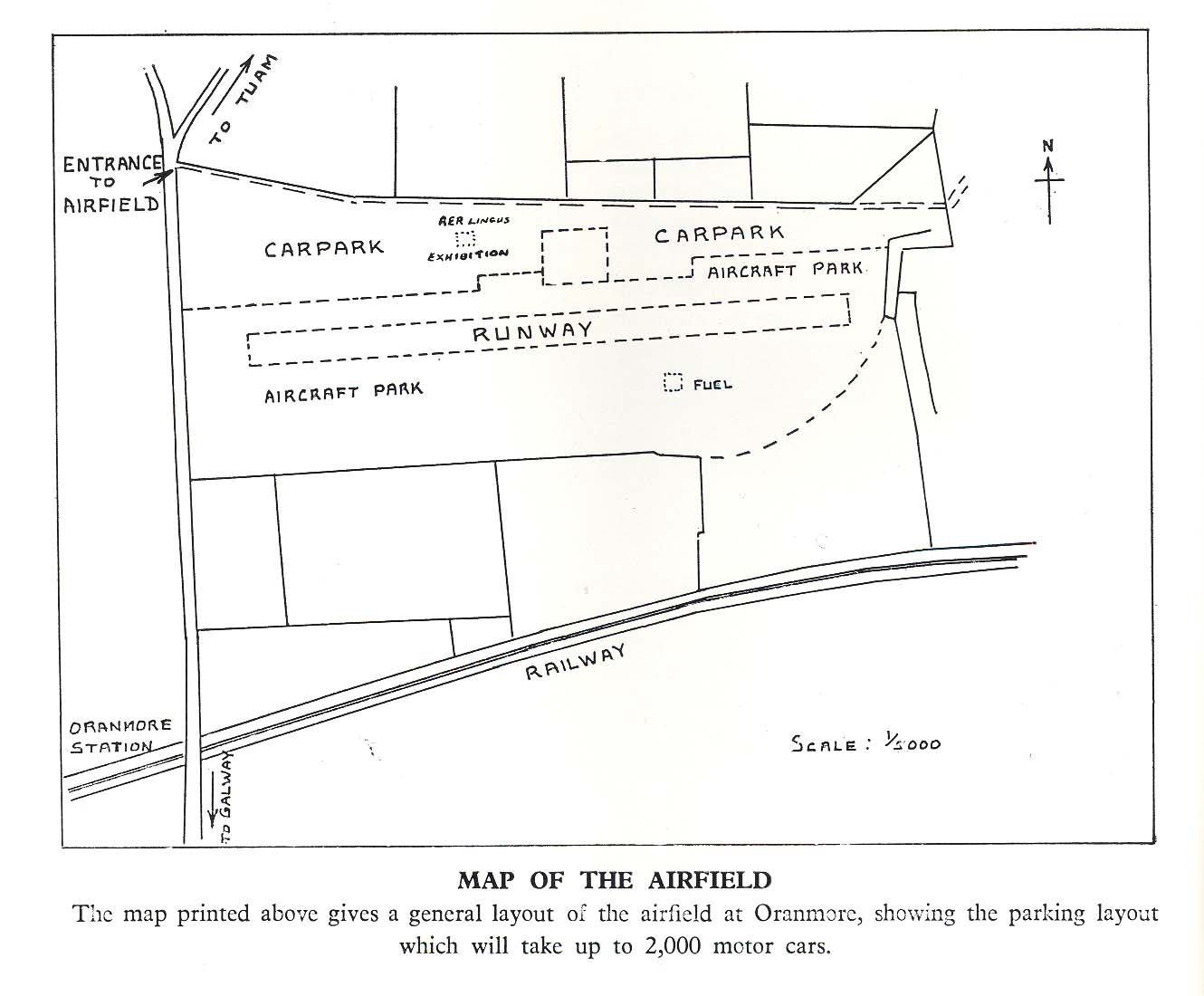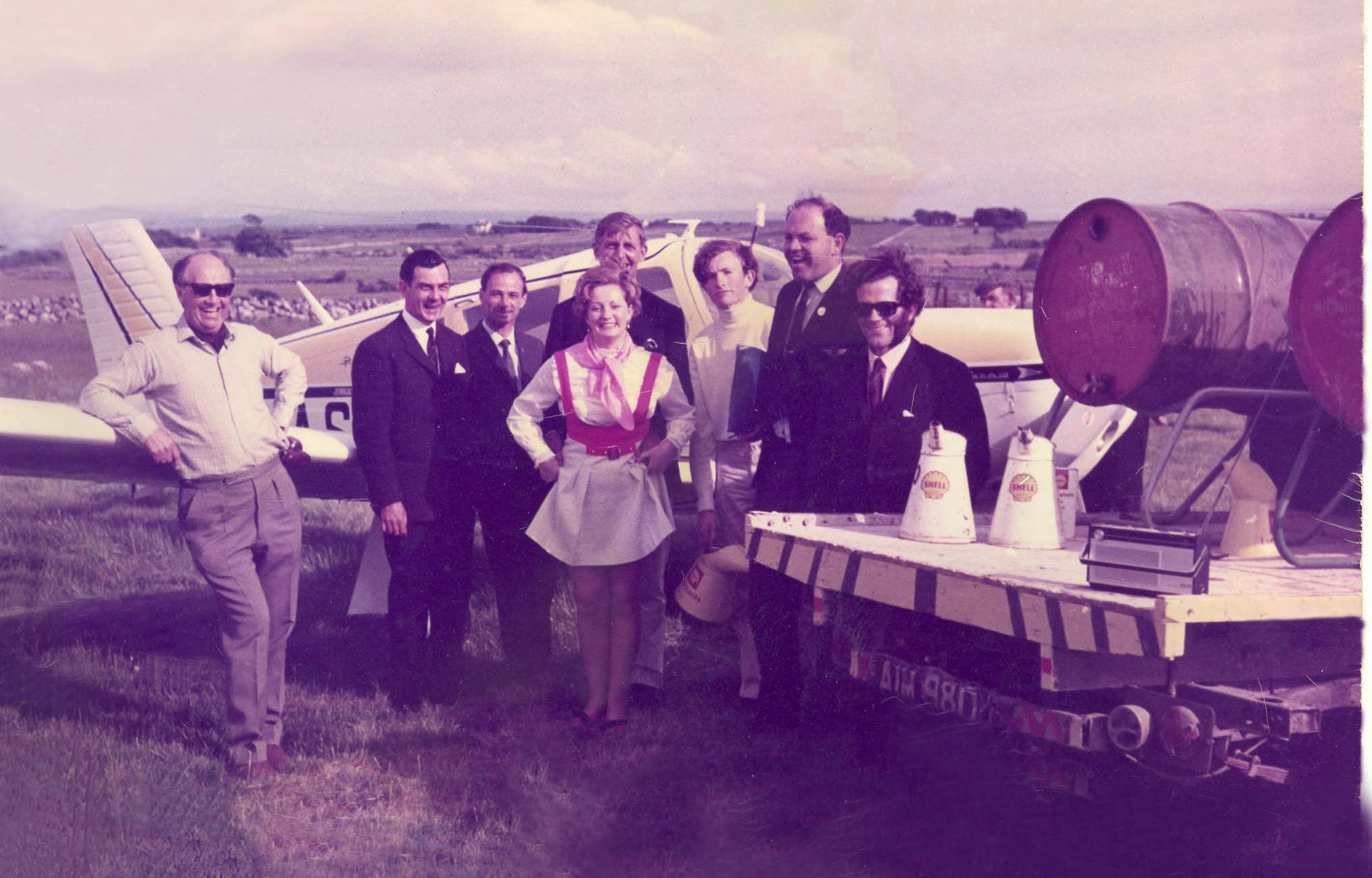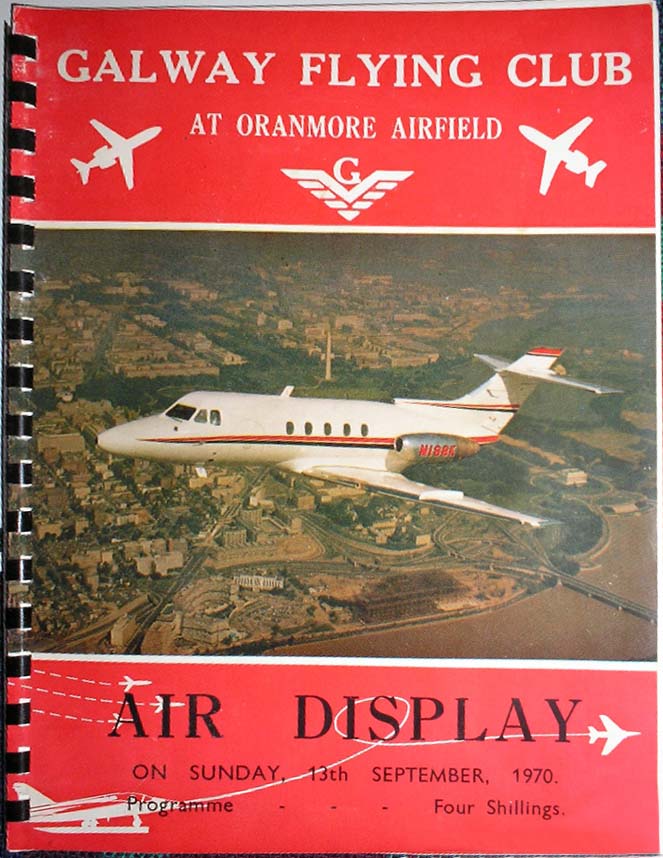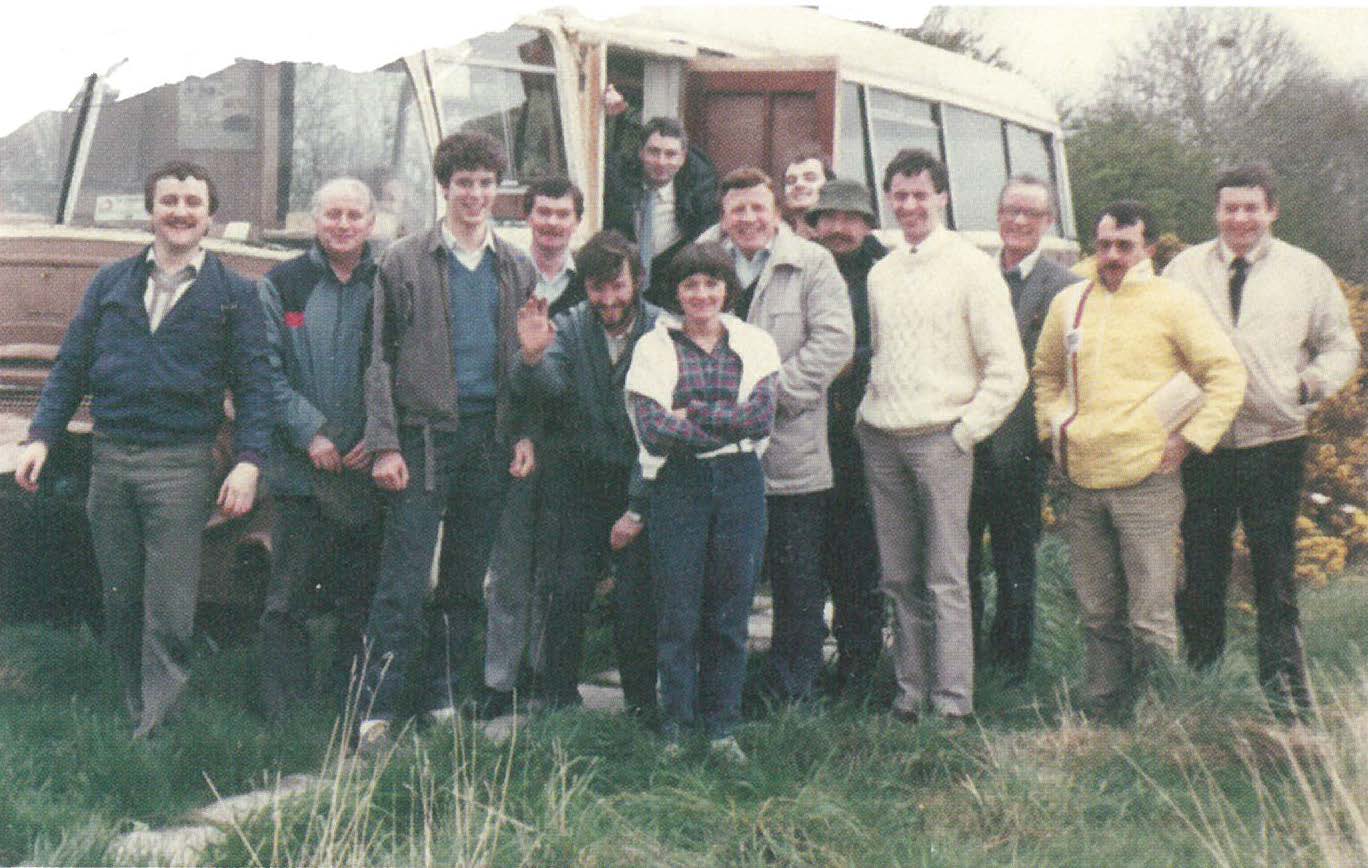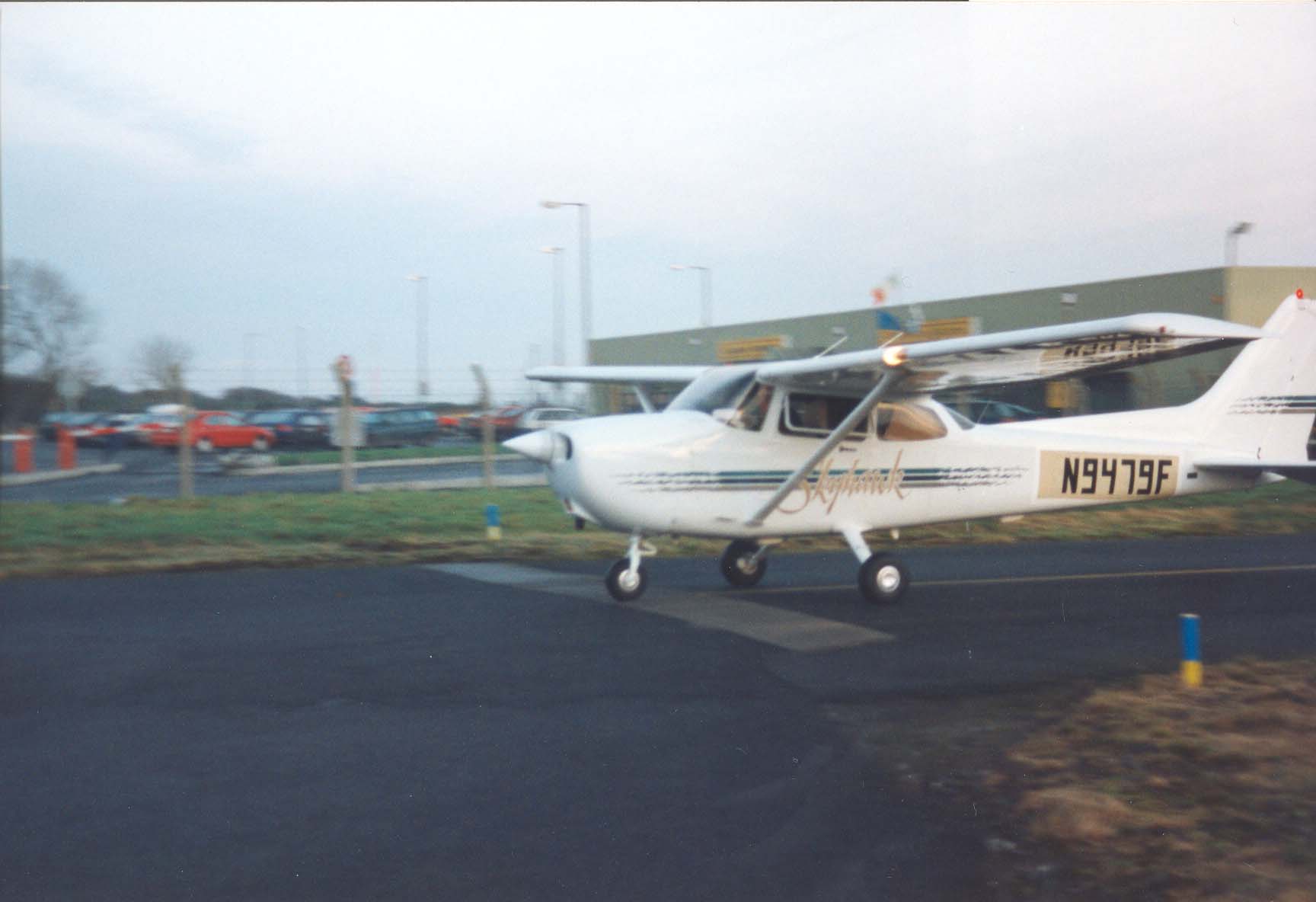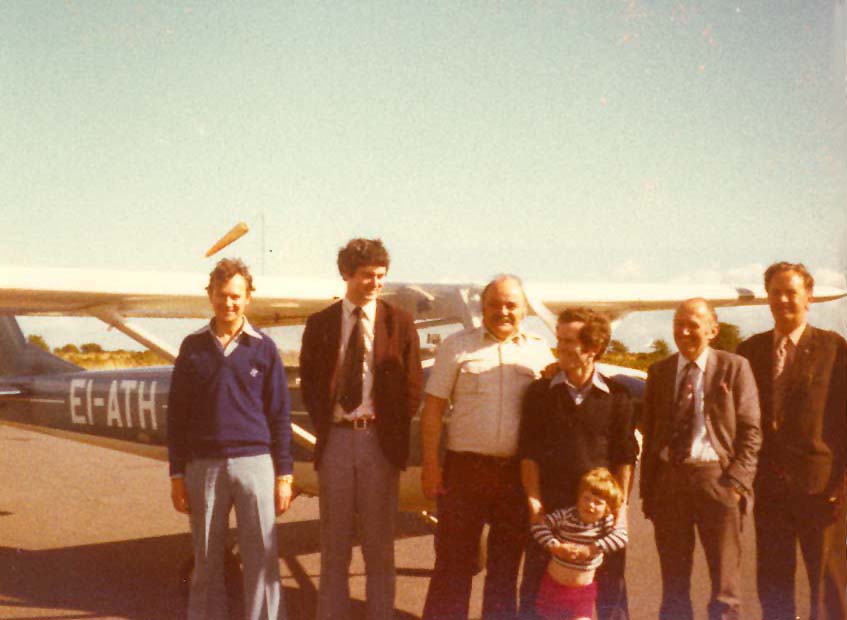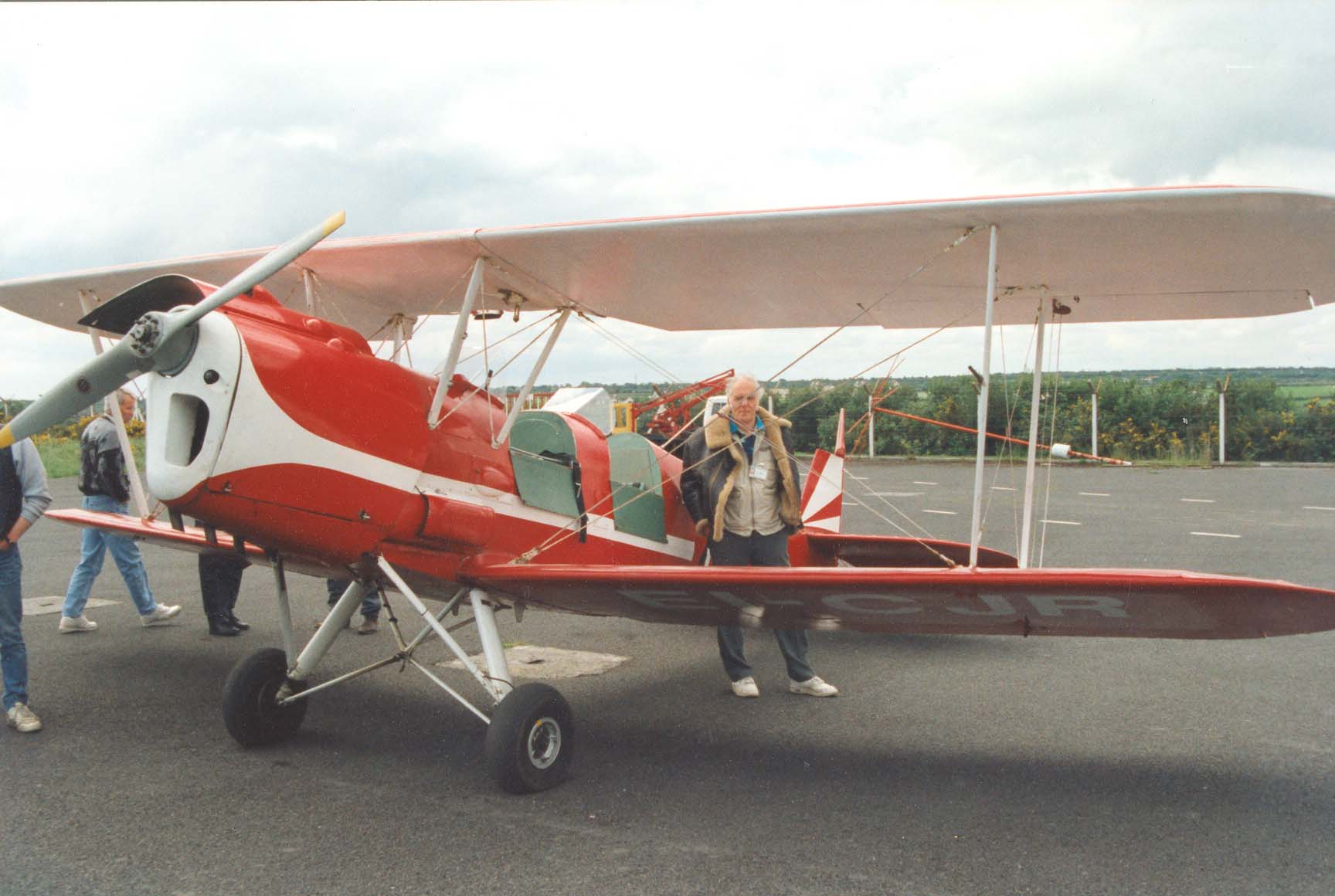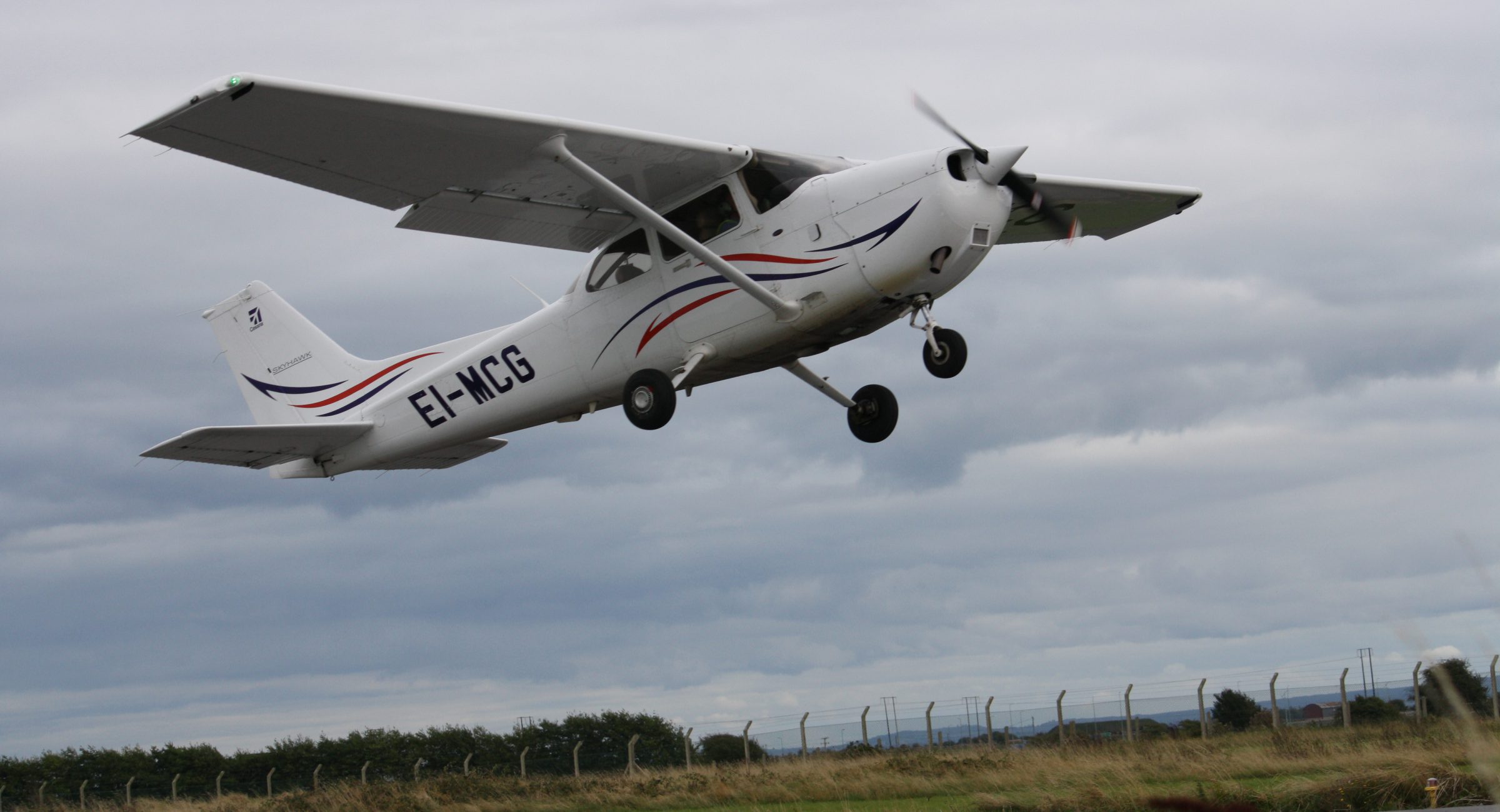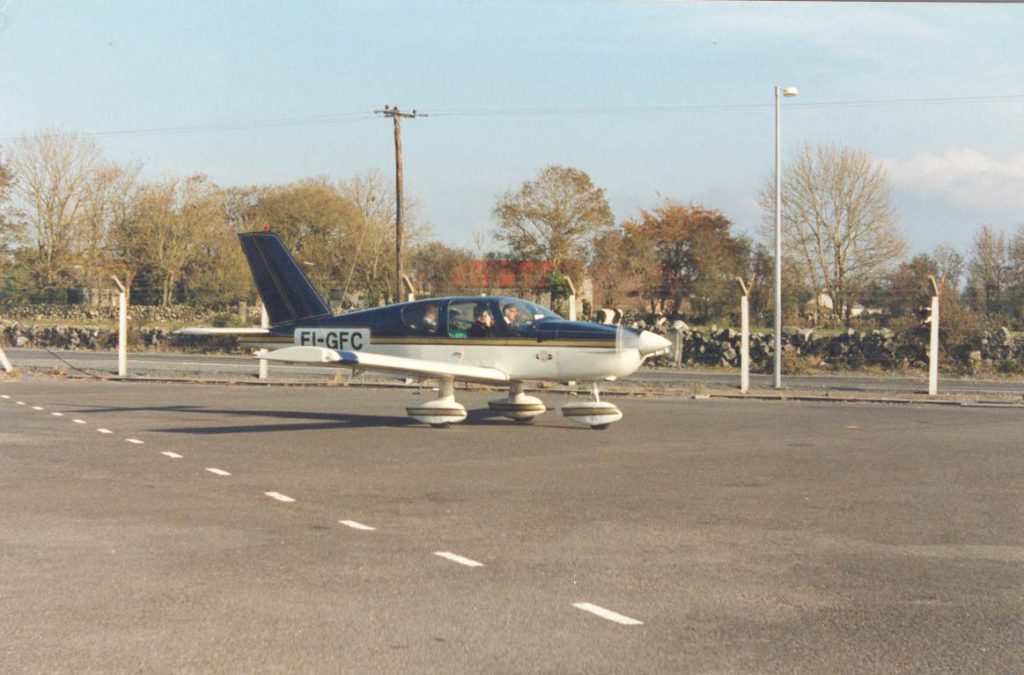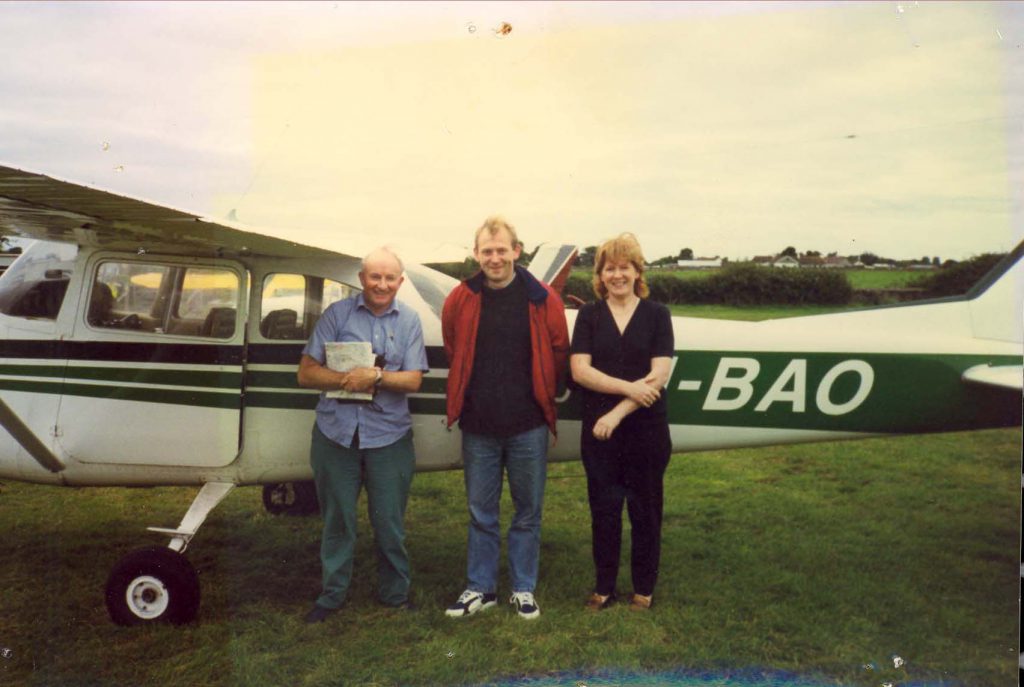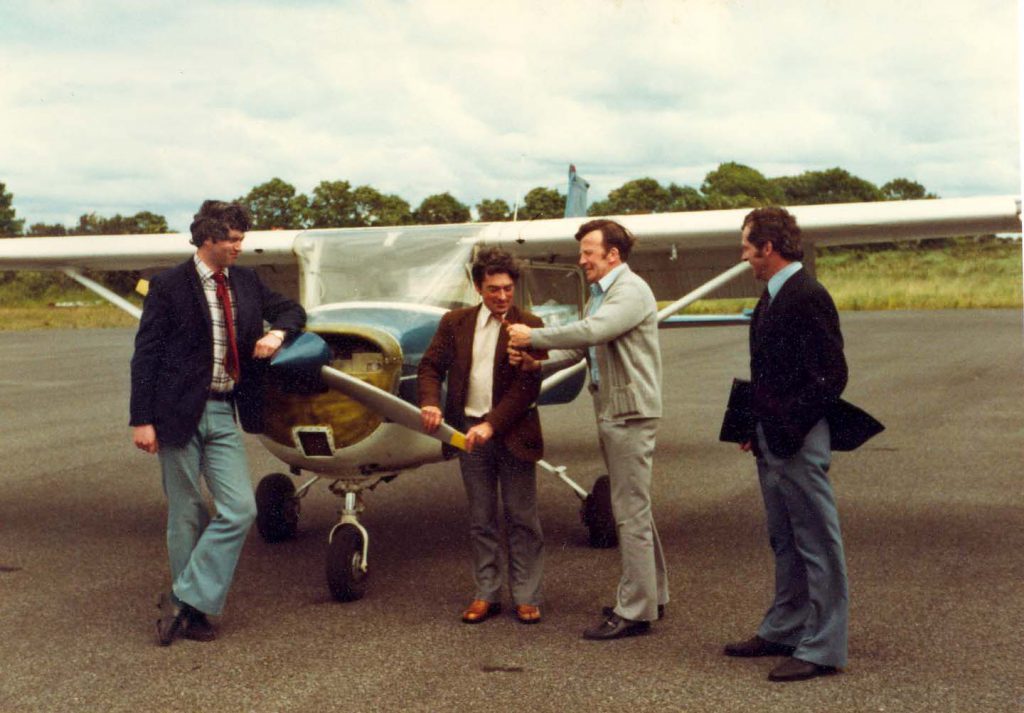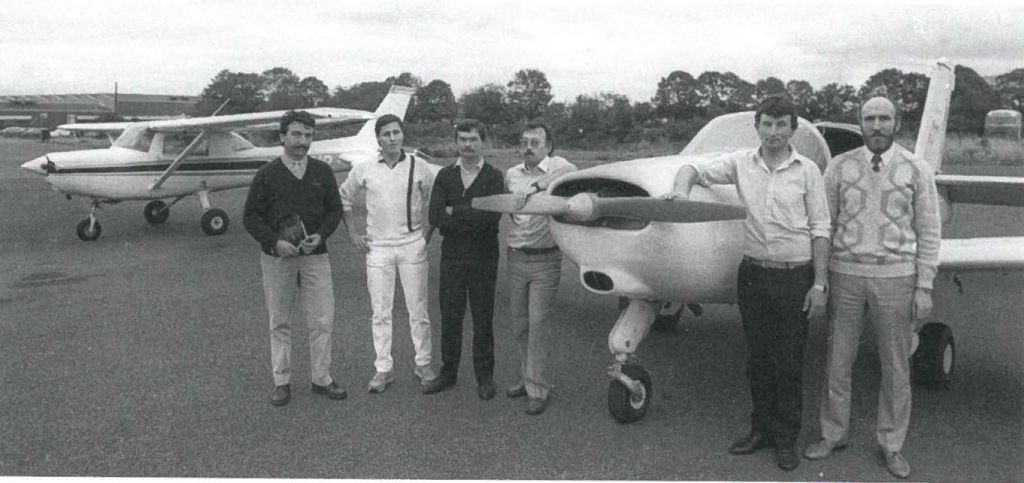The early years of flying
The Aero Club of Ireland, founded in 1909, held its first meeting in August 1910 at Leopardstown Racecourse. When the Flying Corps – formed in 1912 – began operations in Ireland. During WW1, private flying was suspended and the Aero Club dissolved. In 1918 they developed an airfield with two hangars at Oranmore, and this became a base for Irish Military Aviation from the foundation of the state
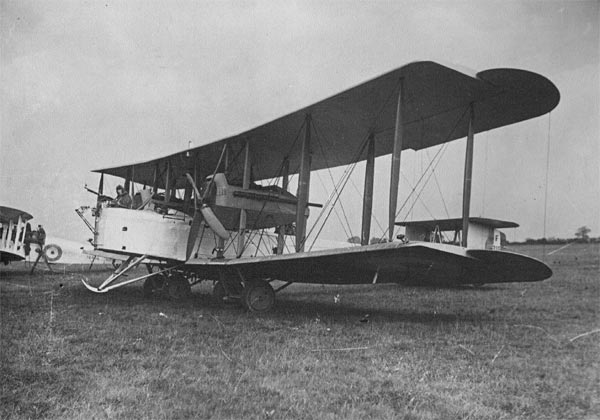
During the 1920s and 1930s, Oranmore was the base for all aerial activity in the West of Ireland. Had its runway been of sufficient length to allow for takeoff of a fuel-laden aircraft, the first east-west crossing of the Atlantic in 1928 would have originated there. Noteworthy events that were initiated at Oranmore include the Galway/London Air Mail delivery in August 1929, the Galway/Berlin air-link in 1932 and the founding of the short lived Western Air Transport Co. Ltd of 1933 —“Saorstát’s First Air Service”.
The Airfield at Oranmore, owned by the Department of Defense, was managed by the local authorities. After alterations were made to the field a
Galway Flying Club was founded in 1946 under the leadership of Galway man, John O’Donnell. He organised instructors from Shannon Aero Club to being flight training in 1947. From 1948 to 1951 club members flew during the summer months but
By this time, John O’Donnell had begun negotiations with Shannon Aero Club instructors, but there does not appear to have been any flight training at Oranmore during 1947; in 1948 he arranged for “Darby” Kennedy to travel from Weston. From 1948 to 1951, Club members flew on Thursdays and Sundays during the summer months, but despite O’Donnell’s best efforts to stimulate local interest, there was no increase in membership and the Club went into decline.
The beginnings of the modern club
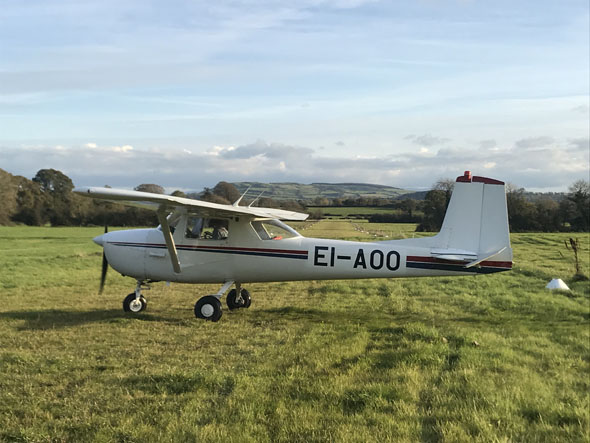
In 1961 Irish Army Captain Liam Ó
In 1965 the Club acquired its first aircraft, an Auster EI-ACY which, unfortunately, sustained irreparable damage some two years later. EI-AOO, the first Cessna on the Irish Register became Galway Flying Club’s second Aircraft in November 1967, to be replaced by another Cessna EI-ATH in 1969.
In 1972, Castlebar’s Tom Tuffy—who had
Recent developments
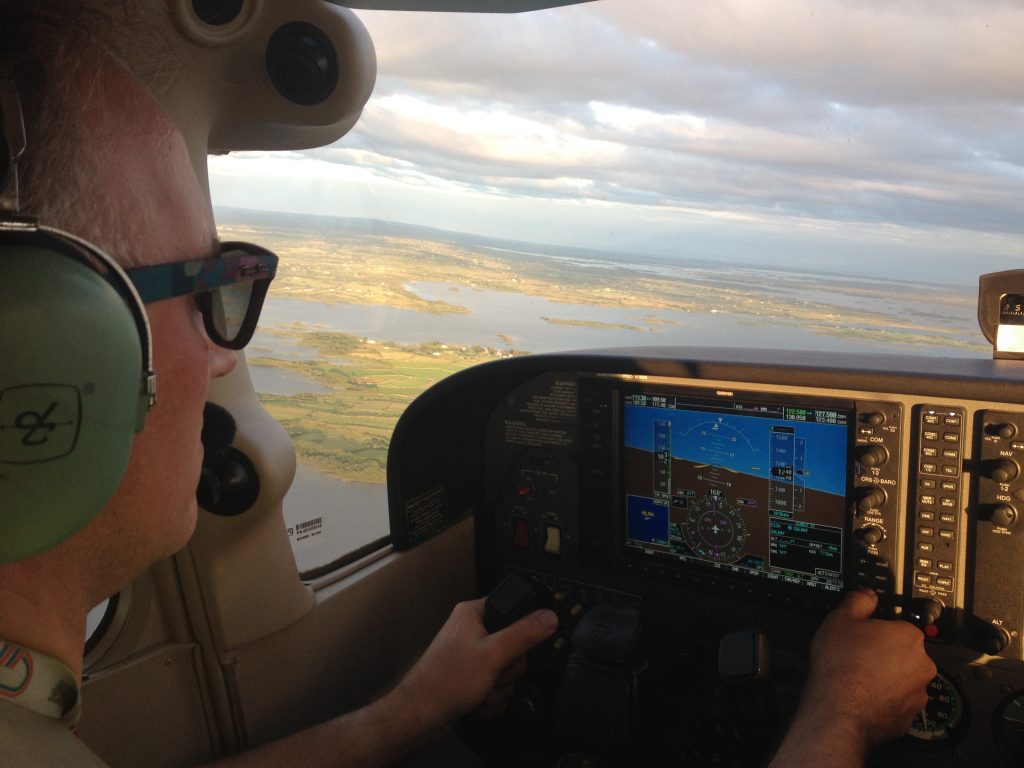
By the 1980s the Club was fully established at the ever-expanding airport and permanent accommodation was
Older aircraft were progressively replaced by newer models. In club initiated a policy of only factory new aircraft and this has provided the members with the best available technology.
None of these developments would have been possible but for serious commitment and hard work by a core of members. Some of those stalwarts have been with the Club since the 1970s, including our former Chairman Michael C. Farragher. A group of enthusiastic members who learned to fly at Galway during the 1980s went on to develop a keen interest in aviation, and their concern for the welfare of the Club has been responsible for its steady progress over the past quarter of a century. Former long standing Chairman and current instructor , John McGinley, belongs to that group, and it is therefore not surprising that the standard of instruction at Galway is of the highest. The fact that all our seven instructors received their early training with the Club guarantees that a student pilot at Galway will easily absorb the club ethos and be trained to a high standard.
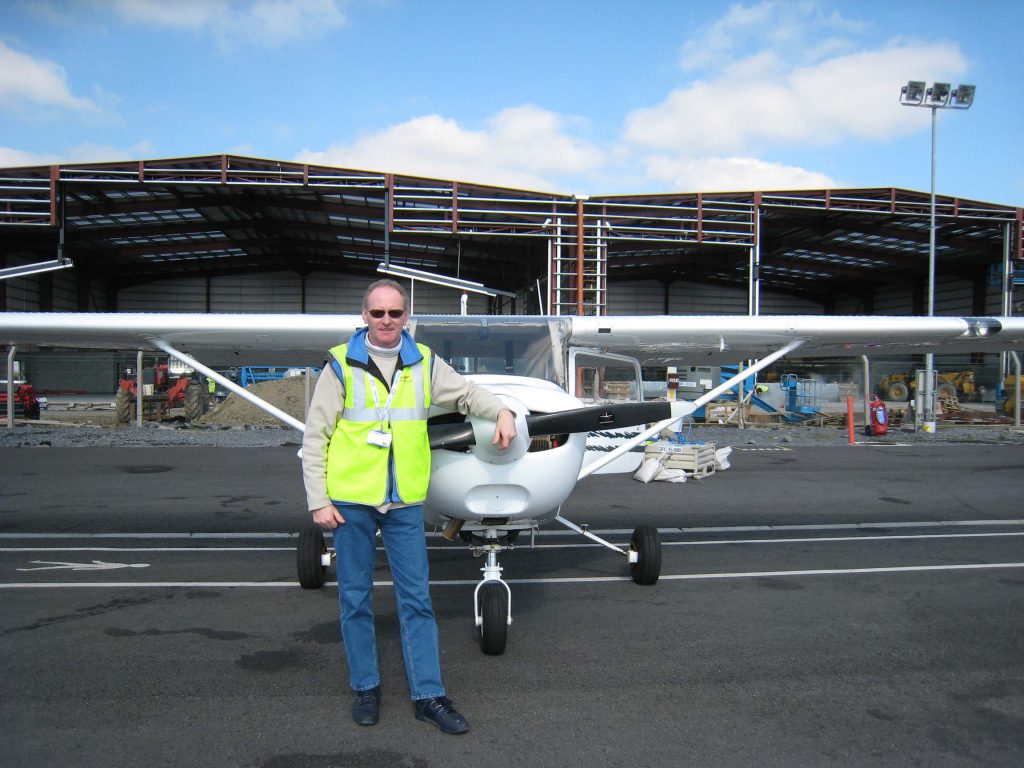
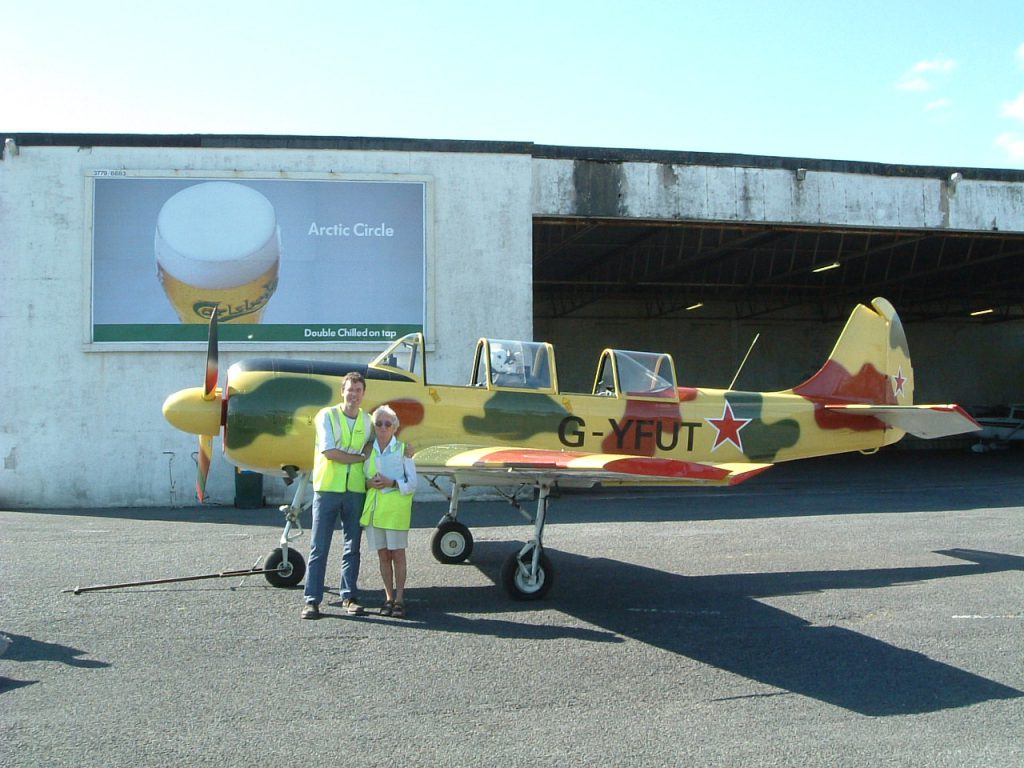
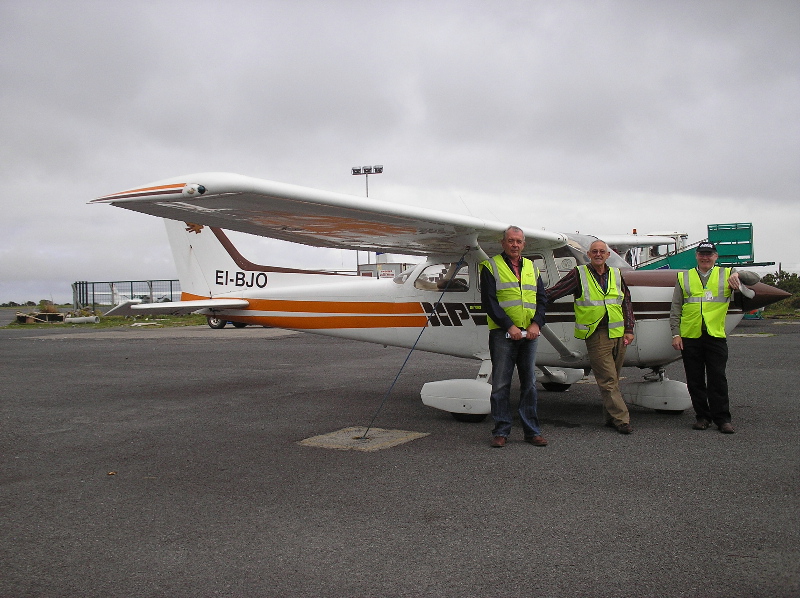
OLYMPUS DIGITAL CAMERA 